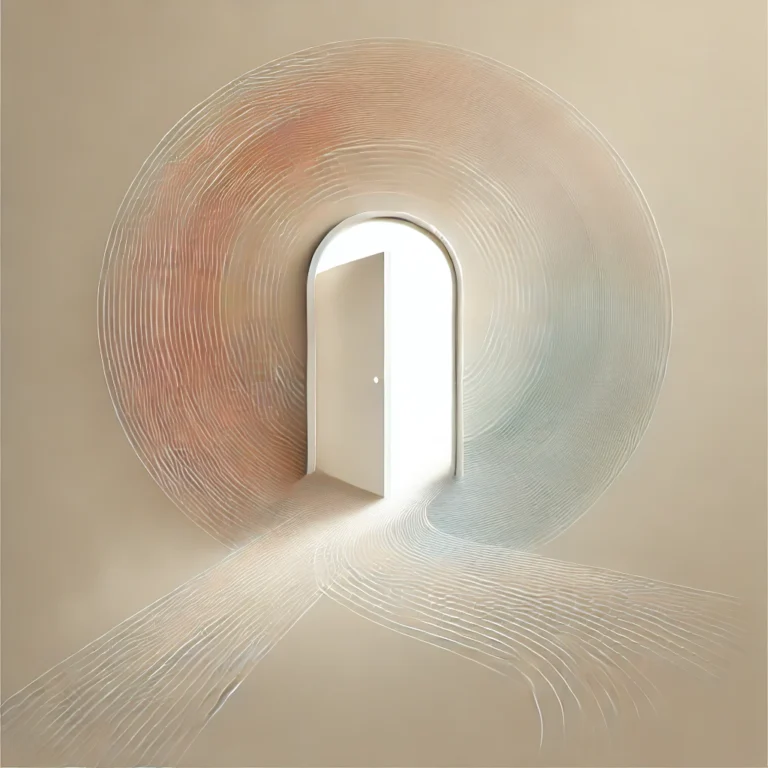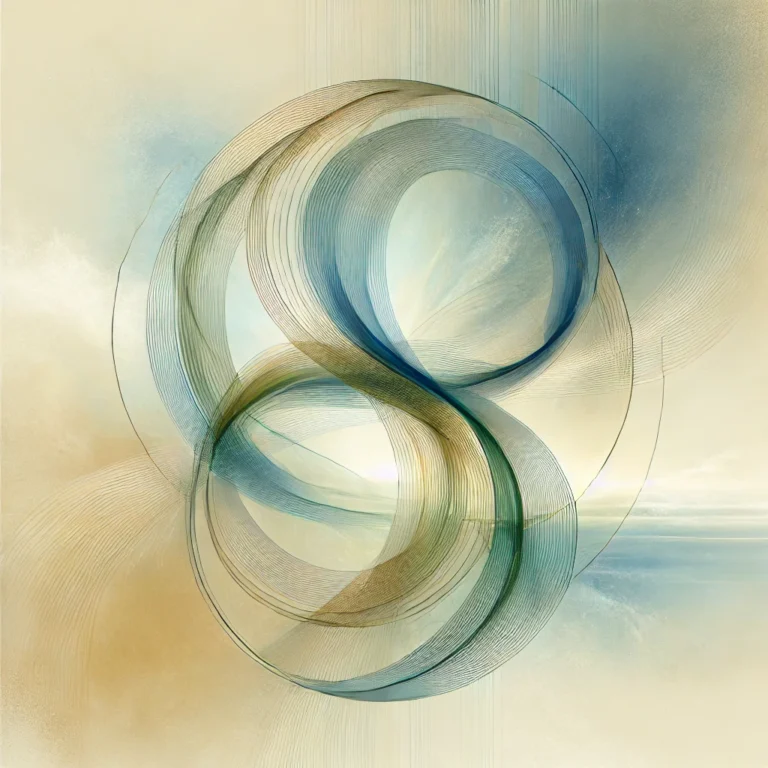Bridging Polarities: My Interview with Jefferson Public Radio

Last week, I had the pleasure of being interviewed about Getting Messy on Jefferson Public Radio in Southern Oregon. Here’s the link to the interview:
The listeners who called in shared fascinating insights about teaching, learning, and group dynamics. One caller, in particular, made a compelling observation about the “magic” of odd numbers in group decision-making. He noted that groups of three or five people can often come to a decision more quickly than groups with an even number of participants.
His comment resonated with the work I’ve been exploring on “bridging polarities.” Teaching and learning themselves are polarities, and Getting Messy is about navigating this duality—finding our way to a “third space” where we simultaneously embody the roles of teacher and learner. But in group settings, polarities can extend beyond teaching and learning. Think about the dynamics of men versus women, young versus old, or conservative versus liberal.
When a group has three, five, or seven members, there’s a natural midpoint that encourages movement toward resolution. In contrast, even-numbered groups are more likely to divide into two opposing camps. While this idea may be metaphorical, it sparks a powerful reflection on how group dynamics and decision-making unfold.
A huge thank you to Jefferson Public Radio and their listeners for an engaging and thought-provoking conversation. It was a little messy—but also incredibly fun!





